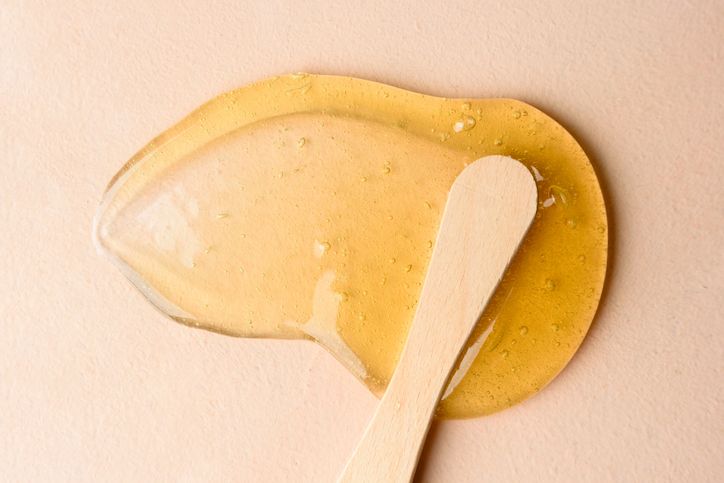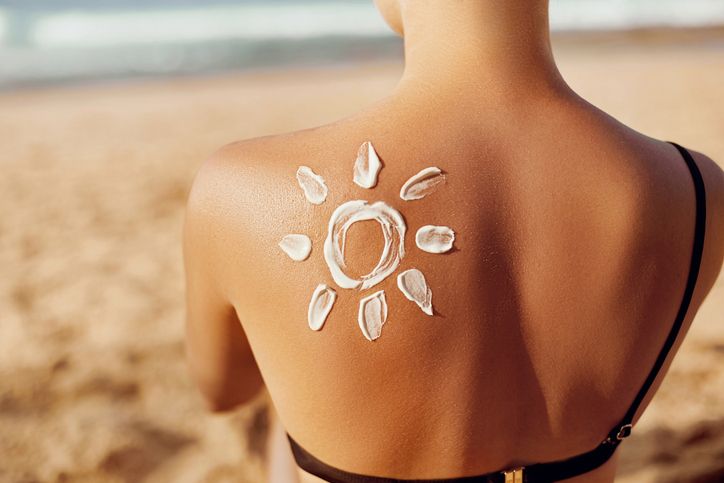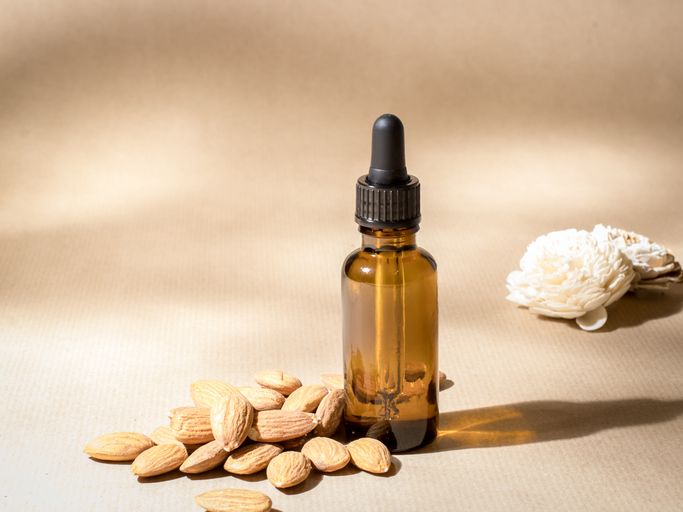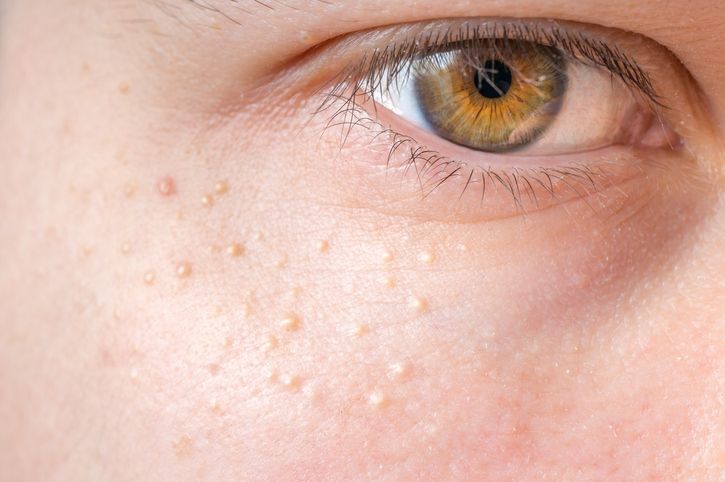- Home
- Trend
- Weight Loss Strategies
- Acne Tips
- Hair Health Information
- Blemish Removal Tips
- Acne Scar Removal Tips
- Muscle Building Techniques
- Intimate Care Tips
- Postpartum Intimate Care
- Eye Bags Wiki
- Tips for Face Slimming
- Secret of Permanent Hair Removal
- Breast Enlargement Tips
- Cure to Snoring
- Marionette Lines
- Skin-Tightening Secrets

免費體驗
A3 Laser Hair Removal Treatment
1 Minute Self-Registration
Date should not be before minimal date
Arm hair, while natural, can sometimes be a nuisance for those seeking smooth, hair-free skin. In the quest for silky arms, waxing has emerged as a popular choice due to its ability to remove hair from the root, leading to longer-lasting results compared to shaving. This article delves into the science behind waxing for hair-free arms, exploring the intricacies of hair growth, waxing techniques, post-waxing care, and the impact on skin health.
1
Hair Growth and Removal: Why Waxing is the Optimal Choice

Why Choose Waxing Over Other Methods?
Benefits of Waxing
2
2 Types of Waxing Techniques

1. Soft Wax (Strip Wax)
2. Hard Wax (Stripless Wax)
Choosing Between Soft Wax and Hard Wax
3
Professional vs. DIY Waxing

1. Technique and Skill
2. Thoroughness and Efficiency
3. Quality Products
4. Customised Approach
5. Post-Waxing Care
1. Instruction Adherence
2. Patch Testing
3. Choosing the Right Wax
4
Post-Waxing Care and Skin Health

Sun Exposure and Skincare After Waxing

免費體驗
A3 Laser Hair Removal Treatment
1 Minute Self-Registration
Date should not be before minimal date
5
Preferences and Pain Management: Why Laser Treatment Could Be the Better Choice

Laser Hair Removal: An Advanced Alternative
Benefits of A3 Laser Hair Removal
Comparing Waxing and A3 Laser Treatment
6
Say Goodbye to Hairy Arms in No Time!


免費體驗
A3 Laser Hair Removal Treatment
1 Minute Self-Registration
Date should not be before minimal date
FAQ

1. How does waxing affect the growth of arm hair over time?
When you wax your arms, the hair is removed from the root, which can slow down the regrowth process. Over time, you may notice that your arm hair grows back finer and sparser. This is because repeated waxing weakens the hair follicles, reducing their ability to produce thick, coarse hair.
2. What should I expect immediately after waxing my arms?
After waxing your arms, you can expect them to feel smooth and hairless. Your skin might be slightly red and sensitive, but this typically subsides within a few hours. Keeping your skin taut during the waxing process helps minimise discomfort and ensures a cleaner hair removal.
3. What are the benefits of maintaining hairless arms through waxing?
Waxing your arms for a hairless look offers several benefits. It provides longer-lasting smoothness compared to shaving, as it removes hair from the root. Additionally, waxing exfoliates the skin, removing dead skin cells and leaving your arms feeling soft and smooth.
4. How can I ensure the best results when removing hair from my arms with wax?
To achieve the best results when you wax your arms, ensure your skin is clean and dry. Apply the wax in the direction of hair growth and press the strip firmly over the wax. Remove the strip quickly in the opposite direction of hair growth while keeping your skin taut to minimise pain and ensure thorough hair removal.
5. What steps should I take to prepare my arms before waxing?
Before waxing your arms, exfoliate the skin to remove dead skin cells and reduce the risk of ingrown hairs. Make sure your arm hair is long enough for the wax to grip, ideally about 1/4 inch. Cleanse and dry your skin thoroughly to ensure the wax adheres properly. Keeping your skin taut while applying and removing the wax can help achieve a cleaner, more effective hair removal.








